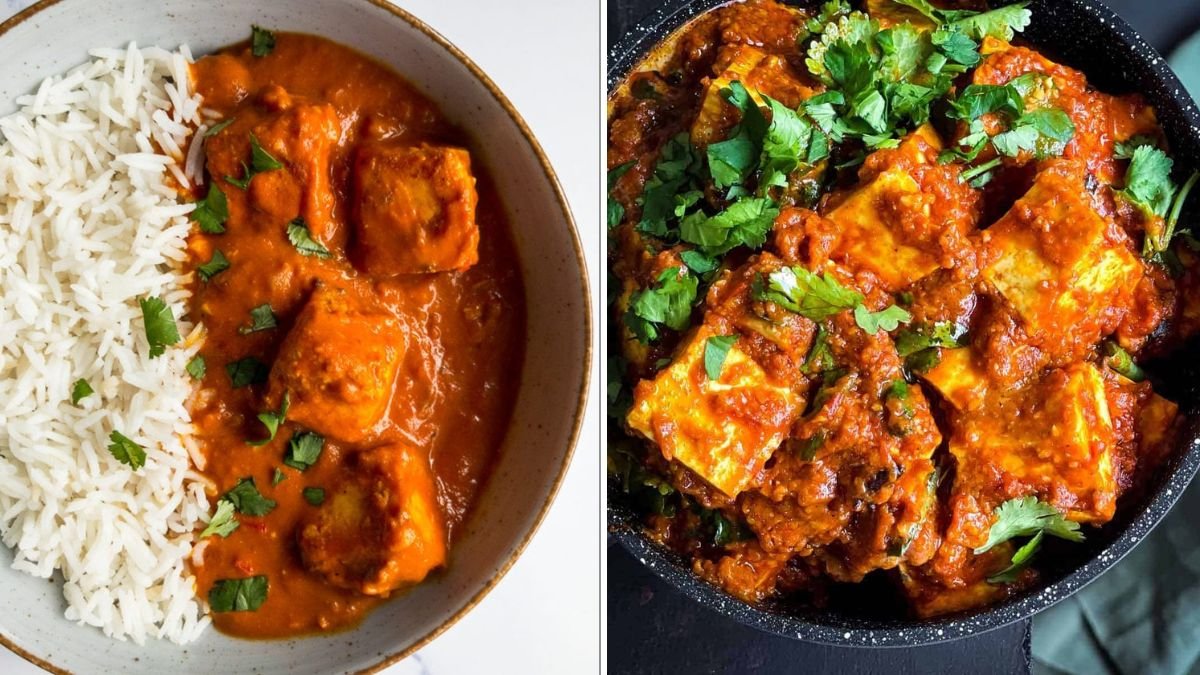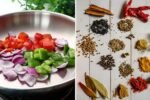Few dishes represent the comfort and richness of North Indian cuisine as beautifully as Paneer Butter Masala. Creamy, mildly spiced, and packed with buttery goodness, it’s a restaurant favorite that pairs perfectly with naan, roti, or fragrant basmati rice.
The good news? You don’t have to wait for your next restaurant visit to enjoy it. With the right ingredients and technique, you can make authentic, melt-in-your-mouth Paneer Butter Masala right in your kitchen.
In this 6-step guide, we’ll walk you through everything—from selecting the best paneer to achieving that silky, restaurant-style gravy—so you can serve up perfection every time.
What Makes Paneer Butter Masala So Special?
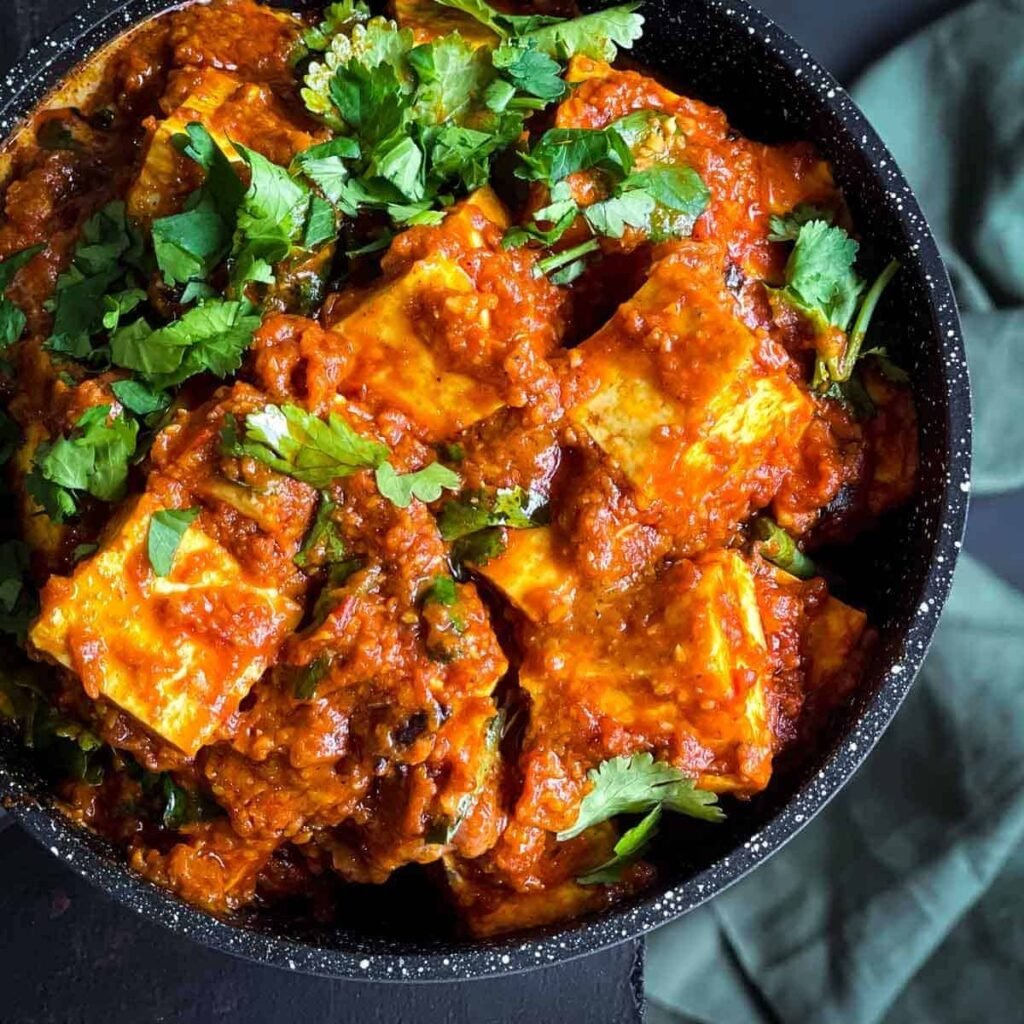
Before we dive into the recipe, it helps to understand why this dish has such a devoted following.
Paneer Butter Masala (also called Butter Paneer or Paneer Makhani) is made by simmering paneer cubes in a rich, buttery tomato-based sauce. Unlike spicy curries, this dish is mild, creamy, and slightly sweet, with just enough warmth from aromatic spices like garam masala, kasuri methi (dried fenugreek), and chili.
The key lies in its silky-smooth gravy and perfect balance of flavors—neither too tangy nor too heavy.
Ingredients You’ll Need
Before starting, gather all the ingredients so your cooking flows smoothly.
For the Paneer and Base:
- 250g paneer (Indian cottage cheese) – cut into cubes
- 3 tbsp butter (unsalted preferred)
- 1 tbsp oil
- 2 medium onions, chopped
- 3 large tomatoes, chopped (or 1 ½ cups tomato puree)
- 1 tbsp ginger-garlic paste
- 10–12 cashew nuts (soaked in warm water for 15 minutes)
For the Spice Mix:
- 1 tsp red chili powder (adjust for heat)
- ½ tsp turmeric powder
- 1 tsp coriander powder
- 1 tsp garam masala
- 1 tsp kasuri methi (crushed)
- Salt to taste
For Creamy Finish:
- ¼ cup fresh cream (or heavy cream)
- 1 tbsp sugar (optional, for balance)
- 2 tbsp fresh coriander leaves, chopped
Step 1: Prepare the Base Gravy
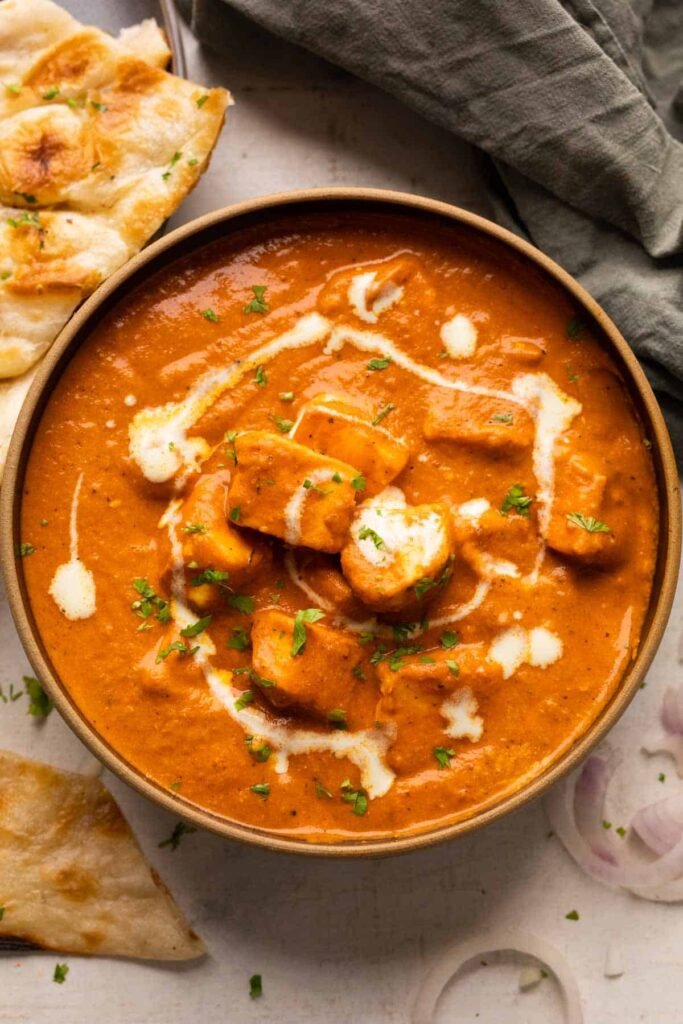
The heart of any great Paneer Butter Masala lies in its gravy—smooth, vibrant, and full of depth.
How to make it:
- Heat 1 tbsp oil and 1 tbsp butter in a heavy-bottomed pan.
- Add chopped onions and sauté until they turn light golden brown—this adds sweetness and depth.
- Stir in the ginger-garlic paste and cook until the raw aroma disappears (about 1 minute).
- Add chopped tomatoes and cook until they turn soft and mushy.
- Add soaked cashew nuts and stir well.
Pro tip: Cashews are what give the sauce its luxurious creaminess without needing too much cream later.
Once everything is cooked and soft, let the mixture cool slightly.
Step 2: Blend the Mixture into a Silky Paste
Now comes the magic moment that defines the texture of your gravy.
How to do it:
- Transfer the cooled onion-tomato mixture into a blender.
- Add 2–3 tablespoons of water and blend until you get a smooth, creamy paste.
- Strain the puree through a sieve to remove any coarse bits for that signature restaurant finish.
This step may seem small, but it makes all the difference. The smoother your paste, the silkier your Paneer Butter Masala will be.
Step 3: Cook the Masala (Flavor Foundation)
Now that your puree is ready, it’s time to turn it into a flavorful gravy.
How to do it:
- Heat 1 tbsp butter in the same pan.
- Add the blended paste and sauté on medium heat for 5–7 minutes until it thickens slightly and changes color to deep orange.
- Add your spices: red chili powder, turmeric, coriander powder, and salt.
- Mix well and cook for another 2 minutes, stirring constantly to prevent burning.
Pro tip: If the mixture starts sticking, sprinkle a little water. You want the spices to bloom and release their aroma without getting scorched.
This is the stage where your kitchen begins to smell incredible—rich, warm, and buttery.
Step 4: Add Water, Cream, and Kasuri Methi
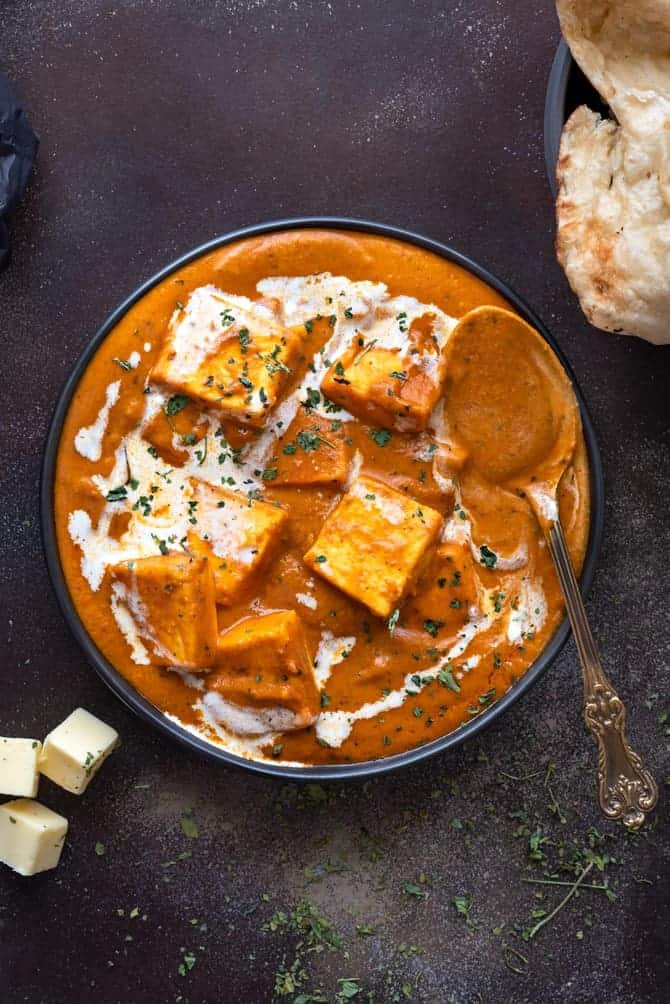
The gravy needs to be rich but pourable—not too thick, not too runny.
How to do it:
- Add about ¾ cup of water (adjust for desired consistency) and mix well.
- Bring it to a gentle simmer.
- Add crushed kasuri methi, garam masala, and sugar (if using).
- Finally, stir in 2 tablespoons of fresh cream and let it simmer for another 2–3 minutes.
Your sauce should now be glossy, fragrant, and beautifully balanced—mildly sweet with a hint of spice.
Optional tip: For a restaurant-style sheen, stir in 1 tsp of butter just before adding the paneer.
Step 5: Add the Paneer Cubes
Paneer absorbs flavor quickly, so timing matters. You don’t want to overcook it, or it’ll become chewy instead of soft.
How to do it:
- Add the paneer cubes gently to the simmering gravy.
- Mix carefully to coat them evenly without breaking the cubes.
- Cook for just 3–4 minutes on low heat.
Optional tip: For extra flavor, you can lightly pan-fry the paneer cubes in butter until golden before adding them to the gravy. This step gives them a slightly crisp edge while keeping the center tender.
Step 6: Finish with Butter and Garnish
This final step gives the dish its name—Paneer Butter Masala.
How to finish:
- Add the remaining 1 tbsp butter to the pan and swirl it in.
- Let the curry rest on low heat for another minute, allowing the flavors to meld.
- Garnish with a drizzle of fresh cream and chopped coriander leaves.
The sauce should now be rich, silky, and irresistibly aromatic, coating each cube of paneer perfectly.
Serving Suggestions
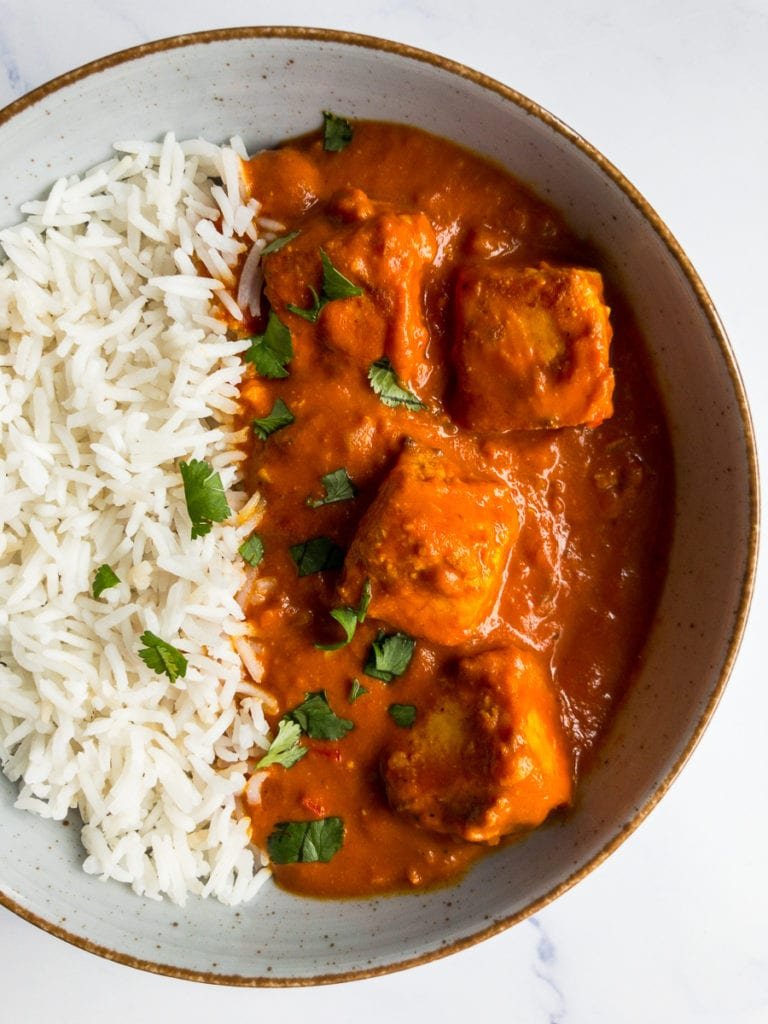
Paneer Butter Masala shines when paired with something soft and mildly flavored that lets the curry take center stage.
Best pairings:
- Butter naan or garlic naan – for that perfect scoop
- Jeera rice or basmati rice – to soak up every drop of the gravy
- Paratha or roti – for a classic homemade meal
- Onion salad and lemon wedges – to add freshness and balance
Pro tip: Serve it in a slightly warmed bowl to keep the butter and cream from solidifying as it cools.
Tips for the Perfect Paneer Butter Masala
Even simple recipes benefit from a few expert touches. Here’s how to make yours truly stand out:
- Use fresh, soft paneer: Homemade or fresh dairy-store paneer always tastes better than frozen. Soak store-bought paneer in warm water for 10 minutes to soften it.
- Balance sweetness and spice: The sugar, cream, and butter balance the tangy tomatoes and spices—adjust them to taste.
- Don’t rush the sautéing: Cooking the tomato-onion base properly develops depth of flavor.
- Use kasuri methi wisely: Too much can overpower the dish—1 tsp is enough.
- Butter makes it better: The key to restaurant-like taste is quality butter. Use real butter for best results.
- Adjust consistency: If the gravy feels too thick after adding paneer, add a splash of hot water and simmer for a minute.
Variations to Try
Once you’ve mastered the basic recipe, you can experiment with exciting variations:
- Shahi Paneer Butter Masala: Add a few soaked almonds or a tablespoon of khoya (milk solids) to the gravy for a royal touch.
- Vegan Version: Replace paneer with tofu, butter with vegan butter, and cream with coconut cream or cashew paste.
- Spicy Twist: Add slit green chilies and extra garam masala for a bold, fiery version.
- Restaurant-Style Smoky Flavor: After cooking, place a hot charcoal piece in a small bowl inside the pot, add a drop of ghee, and cover for 2 minutes. The smoky aroma will infuse beautifully.
Common Mistakes to Avoid
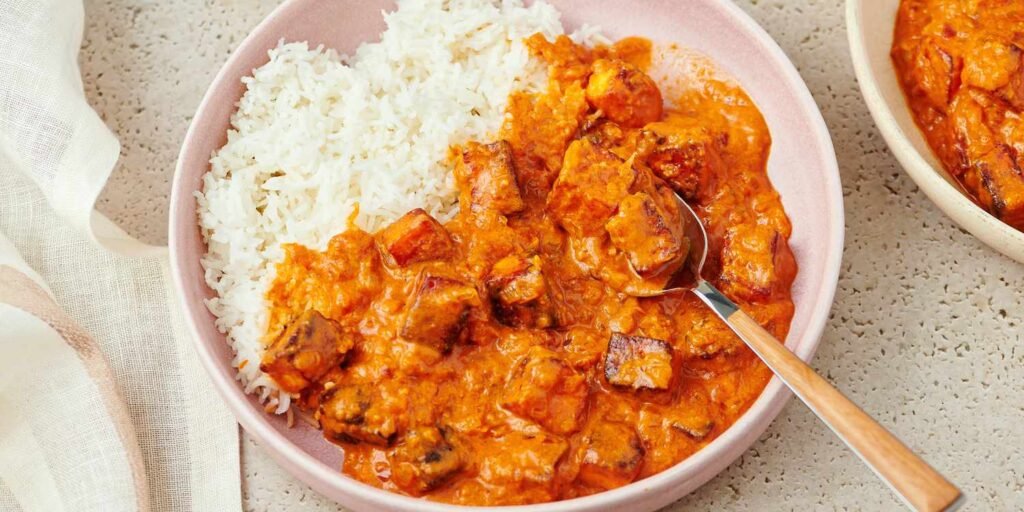
Even great cooks slip up sometimes. Watch out for these:
- Using raw tomato puree: Always cook your tomatoes thoroughly before blending.
- Skipping the cashews: They’re the secret to smoothness.
- Overcooking paneer: It should only simmer briefly in the gravy.
- Adding cream too early: Add it near the end to prevent curdling.
Final Thoughts
Paneer Butter Masala is not just a dish—it’s comfort, celebration, and nostalgia in one bowl. Each bite combines creamy richness with balanced spices, making it a favorite for family dinners, festivals, or cozy weekends at home.
By following this 6-step guide, you can easily recreate the authentic restaurant-style taste in your own kitchen—no special equipment, no professional chef needed.
So melt that butter, warm your spices, and let the aroma fill your home. Once you take that first spoonful, you’ll understand why Paneer Butter Masala is—and always will be—a timeless Indian classic.
